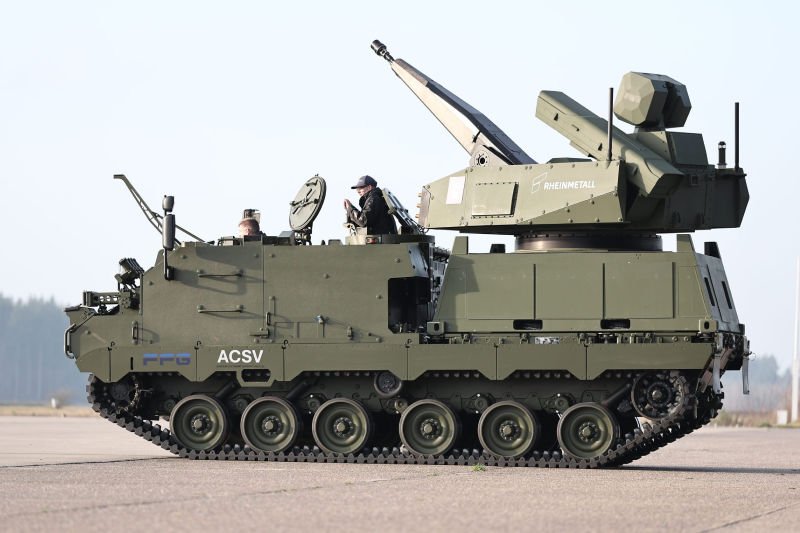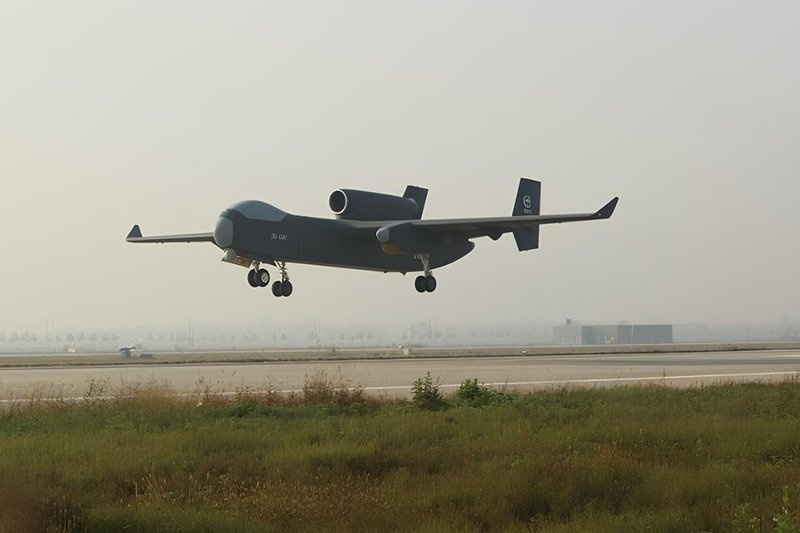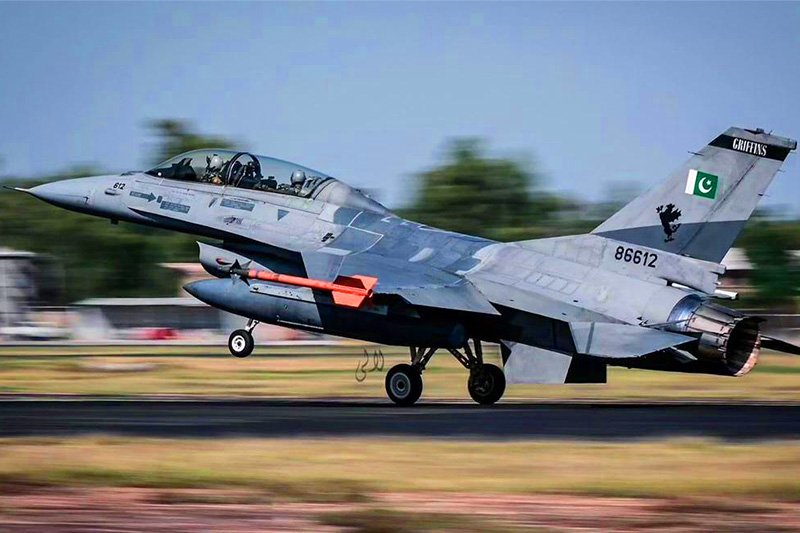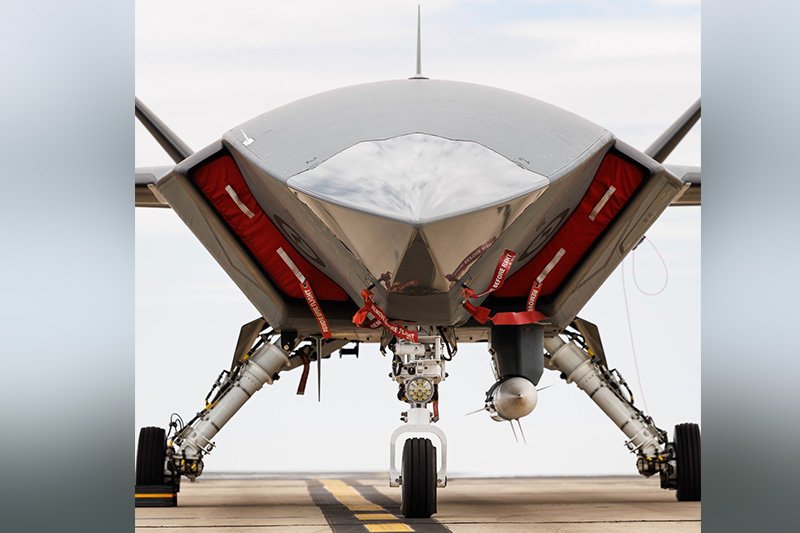PrSM Delivery Modern Warfare Game-Changer
The U.S. Army has achieved a significant milestone with the delivery of Precision Strike Missiles (PrSM), marking a crucial advancement in its modernization efforts. This article explores the key features, strategic importance, and competitive dynamics surrounding the PrSM program, emphasizing its role in countering evolving threats from Russia and China.
Precision Strike Missiles A Technological Leap
The Precision Strike Missile Increment 1 Early Operational Capability represents a cutting-edge solution that will replace the aging Army Tactical Missile System. Developed by Lockheed Martin, this missile system has undergone successful production qualification testing at the White Sands Missile Range, New Mexico, showcasing its readiness for deployment.
Also read this: Future-Ready Dutch Military Upgrades Apache AH64E Helicopters
Versatility and Deployment
The PrSM’s versatility is a standout feature, capable of launching from both the M142 High Mobility Artillery Rocket System and the M270A2 Multiple Launch Rocket System. This adaptability ensures swift and effective deployment in various operational scenarios, providing Joint Force commanders with a 24/7, all-weather capability.
Strategic Significance in Modern Warfare
As part of the Army’s long-range precision fires portfolio, the PrSM addresses the need for a deep-strike capability to counter advanced technologies employed by adversaries, particularly Russia and China. This missile system enhances the Army’s combat maneuver and air defense operations, aligning with the evolving nature of modern warfare.
Competitive Development and Partnerships
Originally a competition between Lockheed Martin and RTX, the PrSM program saw a shift when RTX faced challenges during the technology maturation phase. The Army and RTX mutually decided to end their partnership in March 2020, allowing Lockheed Martin to continue solo development. Recent contracts awarded to RTX and Northrop Grumman indicate a competitive landscape as the program advances.
Future Enhancements and Funding
The Army has ambitious plans for the PrSM, including an enhanced seeker, increased lethality, extended range, and a maritime, ship-killing capability. Lockheed Martin’s contracts for early operational capability production, totaling $220 million, reflect the urgency and commitment to advancing this program. The Army’s utilization of new acquisition authorities highlights its dedication to rapid development and deployment.
Range Extension and Treaty Implications
The U.S. withdrawal from the Intermediate-Range Nuclear Forces Treaty in 2019 has been a pivotal factor in the PrSM’s development. This withdrawal allowed the Army to extend the missile’s range beyond the treaty limitations, providing a strategic advantage in addressing threats within the 499 kilometers to 5,000 kilometers range.
The Precision Strike Missile program heralds a new era in the U.S. Army’s capabilities, addressing the evolving landscape of modern warfare. As the Army continues to prioritize modernization, the PrSM stands as a testament to its commitment to staying ahead of emerging threats and ensuring the safety and effectiveness of Joint Force operations.
Keep connected with us at Facebook, Twitter, YouTube, Instagram & TikTok for the latest defence happenings around the globe.
Discover more from International Defence Analysis
Subscribe to get the latest posts sent to your email.












